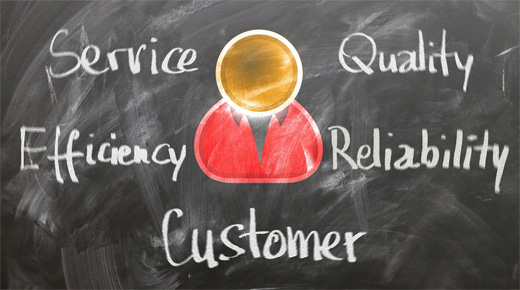I recently saw an article with an image that included a quote from Antonio Banderas: “Expectation is the mother of all frustration.”
|
ADVERTISEMENT |
Honestly, this is true in life, in all relationships. Think about it for a second: Aren’t relationships much easier and much more relaxed when you have no expectations of the other party? Were you waiting for him to bring you flowers? Did you expect her to call your mom to wish her a happy birthday? How did that make you feel when those expectations weren’t met? Frustrated? Disappointed? Unhappy? Not so good, I’m sure. Did it make you question the person and the relationship?
Now think about your customers. Think about what frustrates them. And why.
Expectations, of course.
Customers come to do business with you because they have a set of expectations, including:
• “I heard they have the best [insert product here].”
• “I read reviews and saw that they got five-star ratings.”
• “Their commercial said they guarantee [insert guarantee here].”
• “I've purchased from them before, and had a great experience.”
…

Comments
Implicit vs Explicit expectations
there is a sublte nuance missing from your anlaysis. There are implicit expectations and explicit expectations.
Explicit expectations are the easiest to monitor and should be the easiest to control. When a company gives a well defined output, "your installation will be between 8am and 9am on Wednesday [insert date]", they create an explicit expecation. If the installer arrives within the given time, then the expectaion is met. These expectaions can be managed through clear consistent communication. Even if a situation changes, clear communication of an explicit expectation can be managed. In the installation example, a timely call communicating an extraordinary event (flat tire, traffic emergency, etc.) can go a long way in refining the expectation and keeping the performance in-line with the expectation.
Implicit expectations are much more difficult to address. As each person holds their own interpretation of concpets such as, "5 star rating", "guarantee", claims of "best", etc. Meeting the expecation demands a company first discover each persons expectation for the interaction. This is a daunting task requiring clear and consistent communication to establish the expecation in language both the business and consumer agree. Too many times, this step is missed in setting up the relationship between business and consumer and only handled "post event" through things like follow-up surveys.
Add new comment